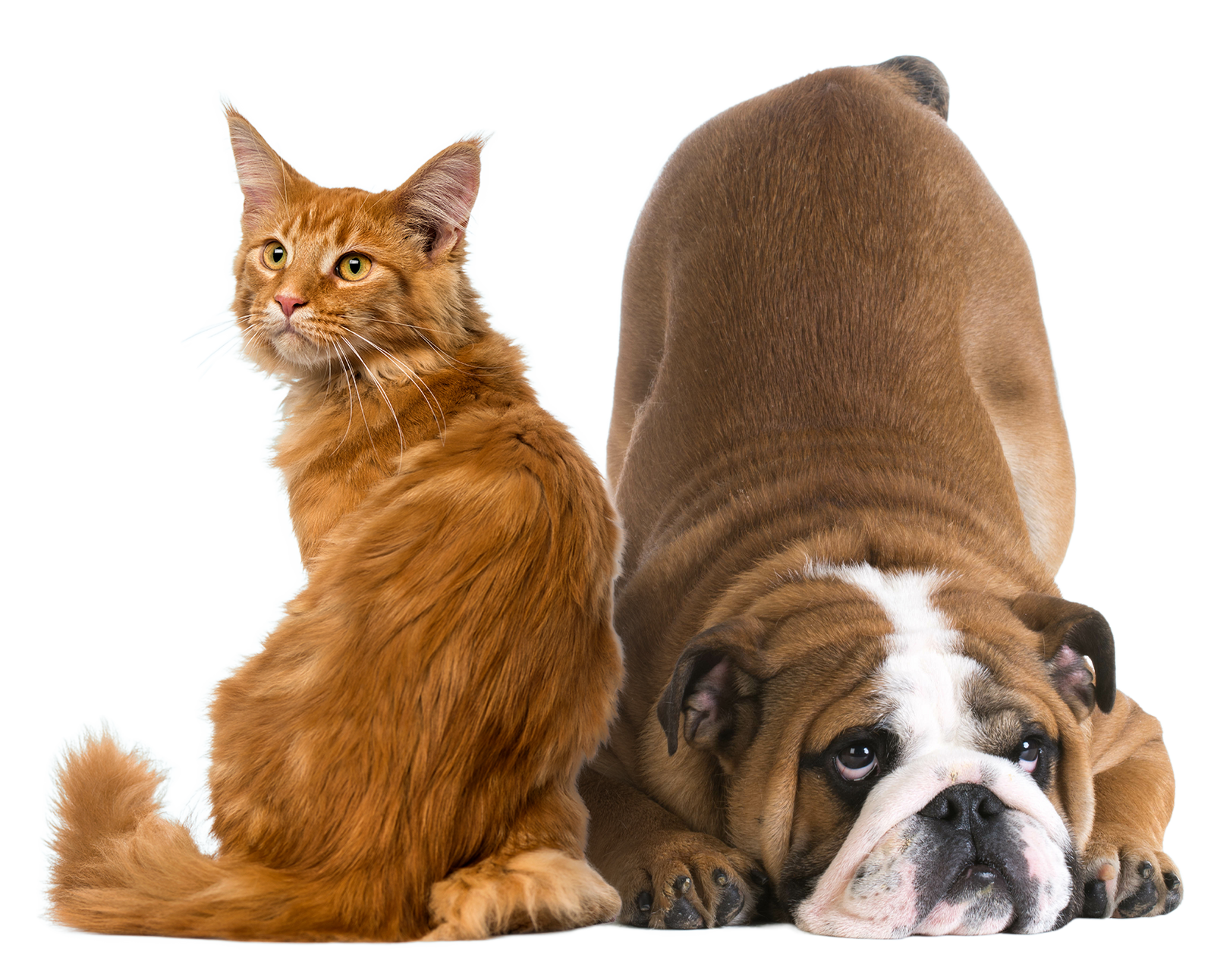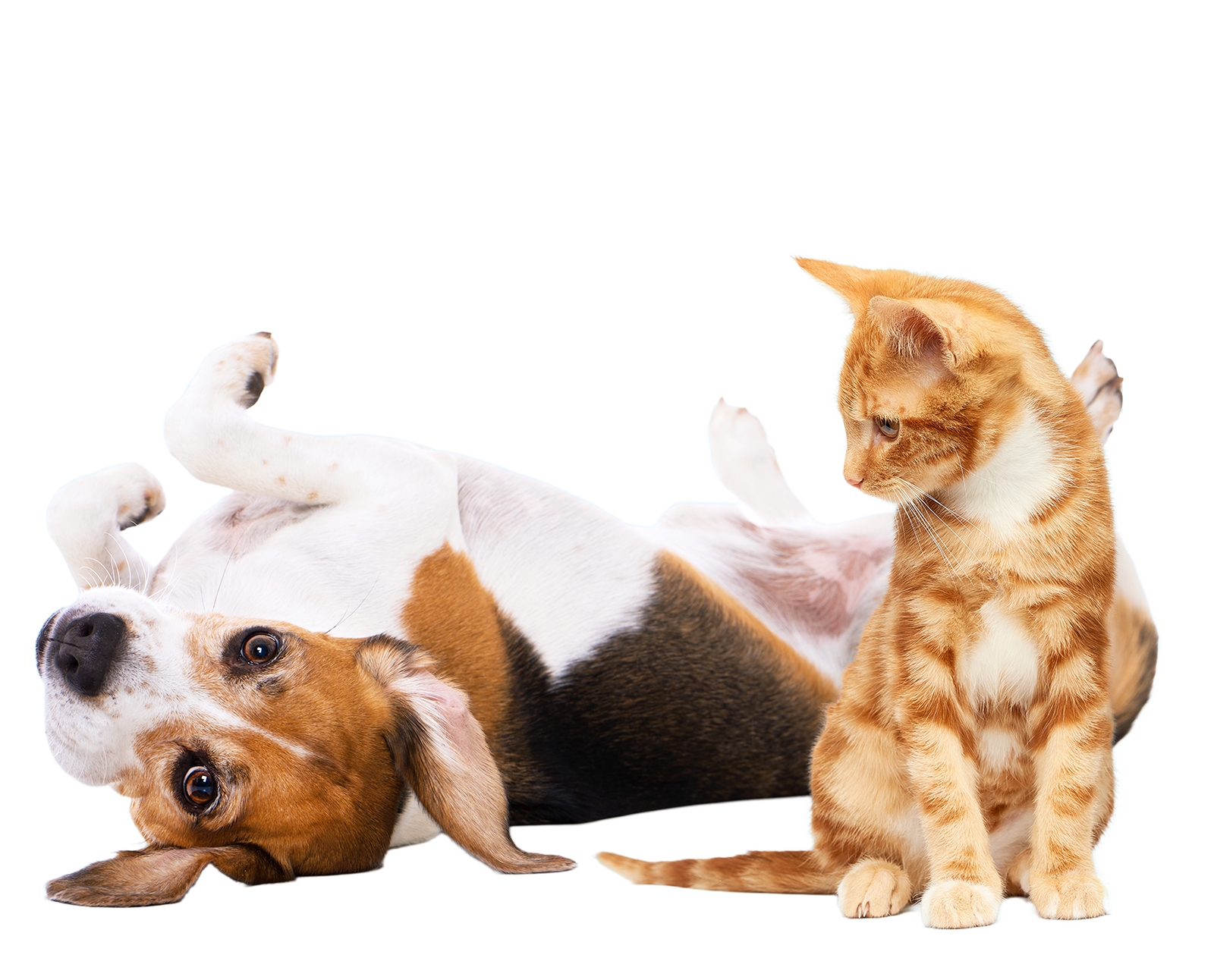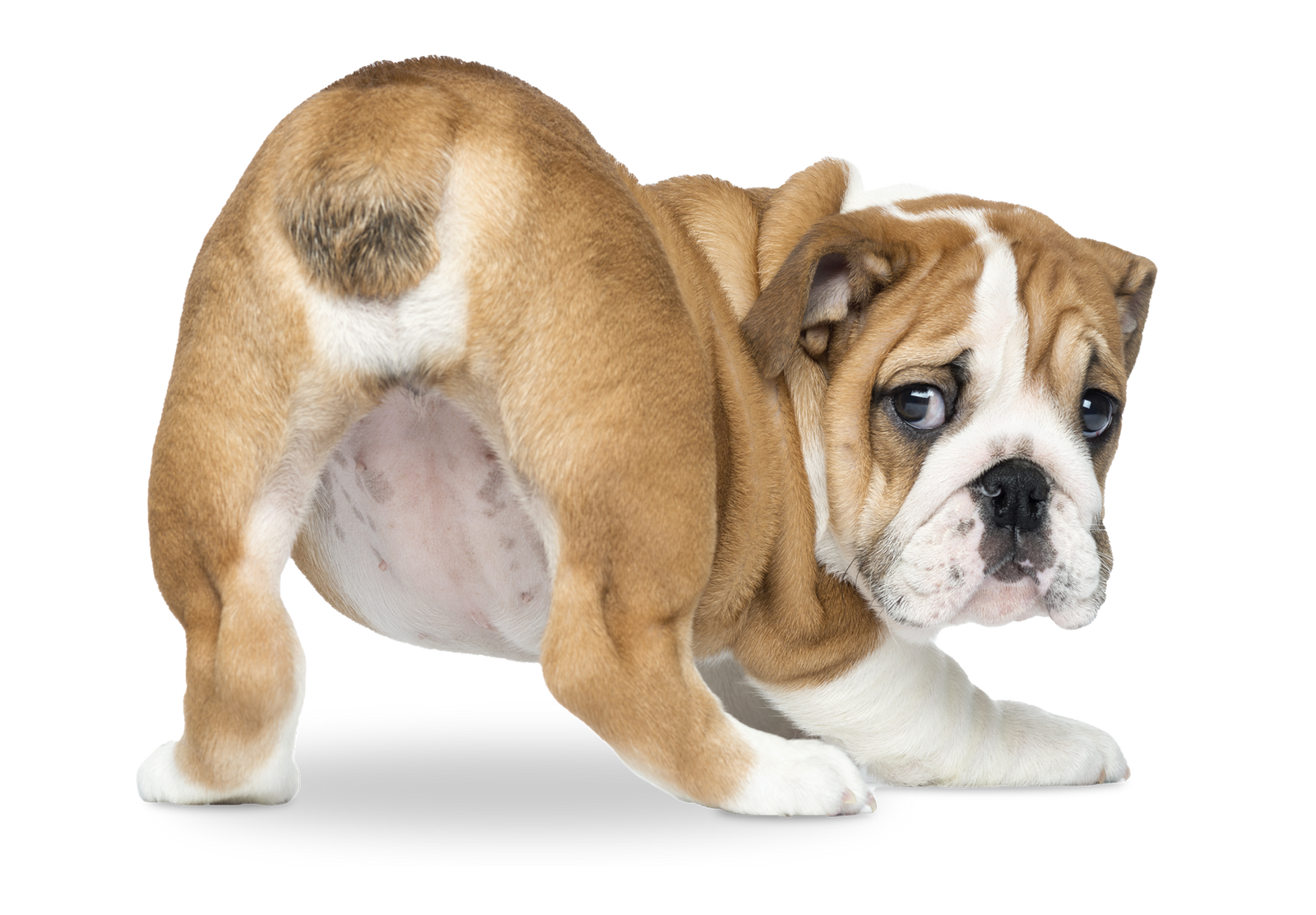How Often Do Puppies Poop? Help Little Ones Stay Regular

Bringing home a new fur baby is nothing short of magical. On the other hand, it can also be… a lot! Potty training your puppy–also known as house training or housebreaking–will familiarize you with their bowel habits. Don’t be surprised if you become hyperfocused on when (and where) your puppy is pooping!
Are you worried that your puppy is pooping too much or not enough? How often do puppies poop, anyway? When you have a new family member, learning what habits are normal for them can take some time. We’ll tell you how often puppies should poop and what to do if your puppy isn’t pooping so that you can enjoy the puppy stage with a little less stress!
How often should puppies poop?
Do puppies poop a lot? Yes! How many times does a puppy poop a day? The answer depends on the age of your puppy.
It’s normal for a healthy puppy to have 5-6 bowel movements per day. A general rule of thumb is that the younger the puppy, the more they’ll poop! That’s because their digestive tract is still developing, so food will move through more quickly than it would in an adult dog. It’s not unusual for puppies under 12 weeks of age to poop after every meal.
However, by the time your puppy reaches 12 weeks, they should be pooping less––only about 4 times per day. By 6 months, your puppy should be pooping around 3 times per day. Once they reach 1 year old, they’ll probably have reached their ‘normal’ cadence. This is usually about 1-3 bowel movements per day, depending on the dog.
How often your puppy poops could also depend on you! Make ‘going potty’ a regular activity by taking them outside at the same times every day; this will help them establish a regular bathroom schedule while teaching them to ‘hold it’ instead of going potty inside.
Pay attention to cues that they have to ‘go,’ too––sniffing the floor and pacing or circling can be signs that your puppy has to poop, and means it’s a good time for you to take them outside so they can do their business.

What should your puppy’s poop look like?
Not all puppy poops are created equal and can vary widely in appearance. A normal, healthy dog poop will be chocolate brown in color, not too hard or too soft, and have a log or sausage shape.
The size of a puppy’s poop will also depend on their diet––how much they’re eating, what type of food they’re eating, and fiber content can all play a role in the size of their stool. Diarrhea could make your puppy’s stool loose or liquid, while constipation could make your puppy’s stool look like pellets or pebbles.
Like a growing child, your puppy will change faster than you can keep up! Don’t be surprised if their bowel habits change or the appearance of their poops fluctuates. If you notice anything that worries you–or you can’t pinpoint the cause of irregular bowel symptoms–contact your veterinarian immediately.
What to do if your puppy isn’t pooping
If your puppy hasn’t pooped for 24 hours or more, contact your veterinarian’s office for next steps. Since puppies poop so often, constipation that leads to a lack of bowel movements could become a medical emergency. Bowel obstructions and impacted stool can be dangerous for your pup, so don’t hesitate to contact your vet for help!
Consider a daily fiber supplement with gut-healthy dietary fiber like pumpkin seed if you’re looking for proactive ways to keep your puppy’s bowel movements regular and healthy. Fiber supplements for dogs can safely be given to puppies over 12 weeks of age if you give the recommended amount based on their weight. If your puppy’s poops tend to be softer–or sometimes seem mushy or runny–giving a daily fiber supplement can help bulk up their stools. Bulky stools help your puppy naturally empty their anal glands, too!
Raising a puppy usually means cleaning up lots of poop––that’s par for the course when you're a pup parent! Keeping an eye on their bowel habits is just as important as changing puppy pads, so make sure you share any worrisome symptoms or behaviors with your vet.





